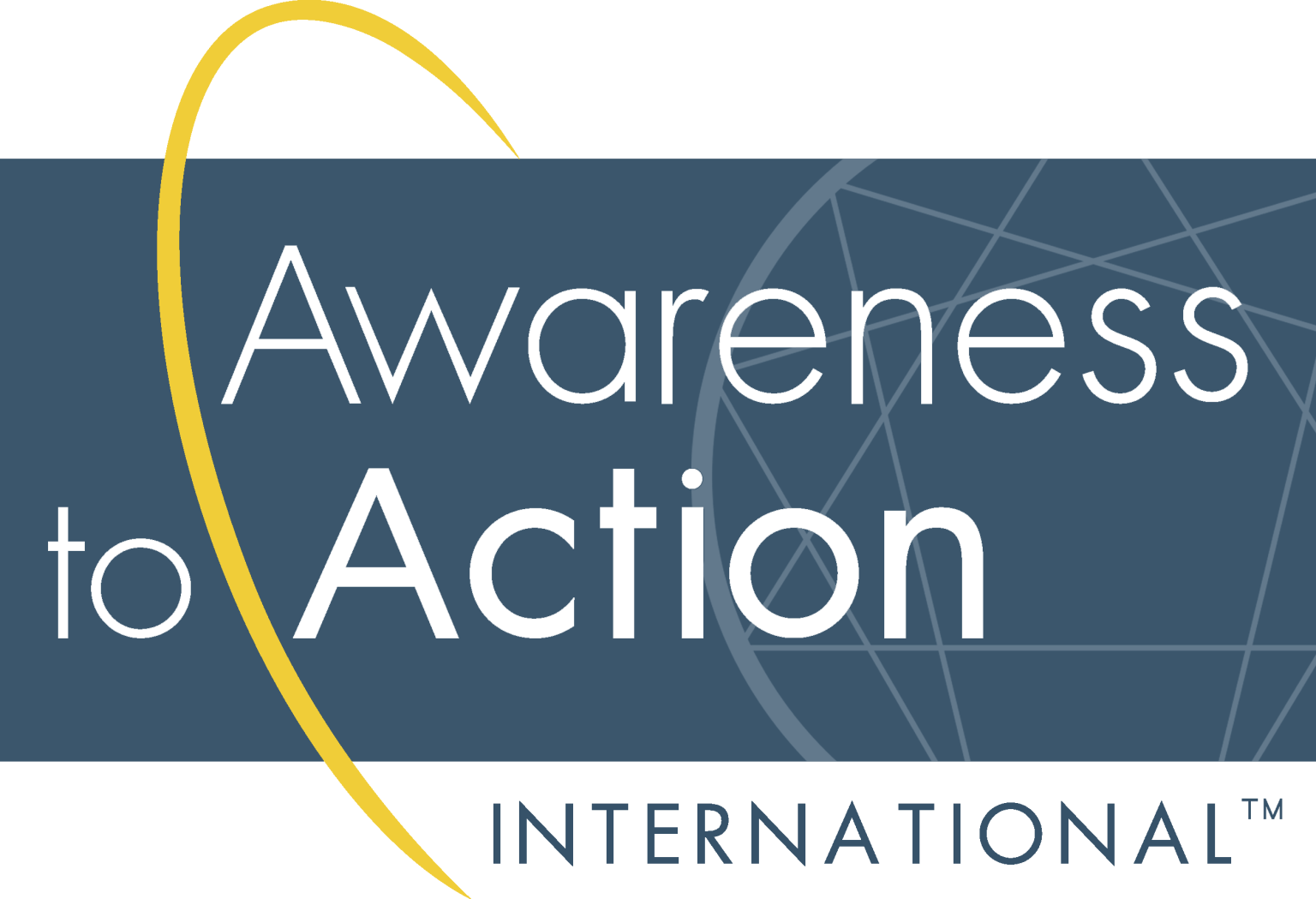“First, there is a mountain, then there is no mountain, then there is.”
–Donovan
Identifying Enneagram type is like the zen saying that Donovan sang about many years ago:
In the beginning, it all seems so simple: People’s Enneagram types seem to jump out in an instant–“look, she’s nice, she’s clearly a Two;” “look, he lectured me, he’s clearly a One”–and it is very tempting to start slapping numbers on everyone we see.
Eventually, it starts to get murky. We begin to understand the subtleties of the model and develop a greater appreciation for the complexity of human nature. Patterns that once seemed so obvious start to take different directions and it is tempting to revert to what I call “Enneagram contortionism”: “Yes, he lectured me, but his writing is sloppy… Maybe he’s a One with a Nine Wing! Maybe it’s his subtype! Maybe he’s a One who was raised by sloppy people!”
Sometimes, such discriminations are accurate and do explain the contradictory phenomena we witness when we truly observe other people. However, often these explanations are attempts to rationalize a hasty initial assessment. One of the dangers of the Enneagram is that it’s robustness and subtlety make it easy to misuse in this way. Rather than staying open to observe what patterns unfold over time, we use it to rush to judgment and then reinforce that judgment in the face of contradictory evidence.
This danger is compounded by the brain’s tendency toward confirmation bias–our unconscious tendency to select data that confirms an assumption and our frequent (and literal) inability to see disconfirming data. The Enneagram makes it easy to confirm a bias because we can grab onto so many different explanations–wings, subtypes, triadic groupings, connecting points, relative psychological health, etc. Further compounding is caused by caused by “Enneagram of Everything-itis,” the belief that the Enneagram explains everything and if some phenomenon can’t be explained by existing Enneagram theory we’ll just have to create some new theoretical twist so we can shoehorn everything onto the model. (Note–the Enneagram doesn’t explain everything…, and it doesn’t have to. No map is a 1:1 representation of reality. Only reality is a 1:1 representation of reality.)
The confirmation bias even applies to our own assessments of ourselves. It is not uncommon to see people at the annual IEA conference, even people who teach the Enneagram, who tell me they are a different Enneagram type than they told me they were the previous year. These are often very intelligent and reasonably self-aware people, but our brains trick us and we are easily fooled, especially as something as profound and contradictory as our very nature. As physicist Richard Feynman wrote: “It is important not to fool yourself, and you are the easiest person to fool.:)
The zen parable of the mountain is not an indictment; it is a description of the process of achieving insight. When we first begin a study, it seems easy and obvious–it’s just a mountain. When we really get involved in the study, we lose our certainty: the mountain is now something else–complicated, nuanced, multi-layered, almost defying description with its millions of years of history and gradual evolution. But when we work through the complexity and learn to hold but relax into the details, an elegant simplicity settles in. We are again merely looking at a mountain, but this time with a respect for the depth of the mountain rather than a impulsive and superficial assessment of its surface.
We should see the Enneagram the same way–quick assessments rigidly held are the sign of a beginner. We should humbly take the time to dig into the dirt, understand the terrain, and resist judgement. Only then can we truly see the mountain.
–Mario Sikora






